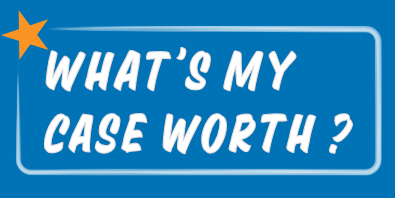Drowsy driving is a dangerous epidemic. One in 25 drivers reports falling asleep behing the wheel while driving with the past month. Even drivers who would never dream of driving drunk make the mistake of driving when they’re tired. Drowsy drivers cause thousands of fatal accidents each year.
How Many Accidents Are Caused by Drowsy Driving Each Year?
Drowsy driving is a dangerous epidemic. One in 25 drivers reports falling asleep behind the wheel while driving within the past month. Even drivers who would never dream of driving drunk make the mistake of driving when they’re too sleepy to be safely behind the wheel. Unfortunately, drowsy drivers cause thousands of fatal accidents every year.
The Damage Caused by Drowsy Driving
Drowsy driving is a factor in 6 percent of crashes annually. There are approximately 328,000 crashes each year that can be attributed to drowsy driving, which includes 109,000 injury crashes and 6,400 crashes with fatalities.
In addition to thousands of deaths and injuries each year, drowsy driving adds up to billions in societal costs. The NHTSA estimates that drowsy driving costs $109 billion annually in costs including medical and legal services, lost productivity, emergency services and insurance administration.
Drowsy Driving Signs and Risk Factors
Drowsy driving happens most often at night, typically between the hours of midnight and 6 a.m., but it can happen at any time if you’re too sleepy to drive. Every driver is at risk of drowsy driving, but there are some drivers who are more at risk than others, including:
- Drivers who don’t sleep enough
- Drivers with untreated sleep disorders such as sleep apnea or insomnia
- Drivers taking medications that can cause drowsiness
- Shift workers, such as those who work long shifts or night shifts
- Commercial drivers, such as bus drivers, tow truck drivers, or truck drivers
You should know the signs of drowsy driving, so if you notice that you’re getting too sleepy to drive, you can take action before it’s too late. Signs of drowsy driving include:
- Difficulty concentrating
- Frequently blinking, yawning, or nodding your head
- Hitting a rumble strip or drifting from your lane
- Missing your exit
- Not remembering the last few miles or stretch of road you just drove
If You’re Too Sleepy to Drive
It’s best to prevent drowsy driving before it happens, but if you find yourself driving when you’re just too tired to do so safely, you need to pull over before you fall asleep at the wheel or cause an accident. If you’re too sleepy to drive, you should pull over and:
- Change drivers
- Take a nap, even just for 20 minutes
- Get out and stretch
- Eat a healthy snack
- Drink coffee
You may be tempted just to push through and get to your destination by opening a window or turning on a radio, but these are not reliable methods for staying awake and alert while driving. It’s best to pull over and change drivers or get rest before hitting the road again.
Improving Sleep for Safe Driving
Getting better sleep is one of the most reliable ways to prevent drowsy driving. When you sleep well at night, you’re well rested and prepared to face the day, including all of the challenges of driving. Take steps to improve your sleep at night by:
- Committing to seven to seven and a half hours of sleep each night
- Creating a healthy sleep schedule and bedtime routine
- Avoiding anything that can interfere with healthy sleep, such as late night caffeine or screen time
- Creating a healthy sleep environment














